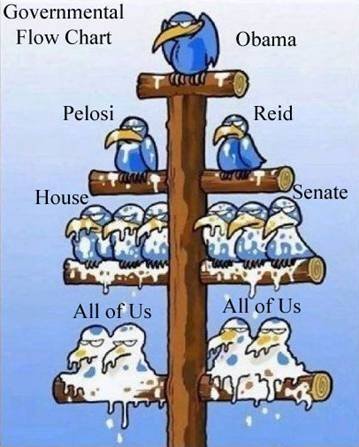Things That Could Go Bang, And Change The World
Posted By thestatedtruth.com on August 19, 2011
Just a reminder that this was posted on www.thestatedtruth.com back on July 17th………
It doesn’t take a rocket scientist to throw caution to the wind. Gold has been a missile to the upside for a multitude of reasons (no pun intended) and the stock markets around the world have been plunging since we reported this. The third item, oil, has yet to break to the upside. If it does, the set up could be complete for a very nasty outcome.
While things are looking more and more recessionary because of worldwide financial problems, they will be out right depressionary if the below scenario plays out.
Three carriers in proximity to Iran would be extremely troubling, yet fit perfectly with the story of CIA veteran Robert Baer, who as reported by Al Jazeera, appeared on KPFK Los Angeles, warning that Israeli PM Netanyahu is “likely to ignite a war with Iran in the very near future.””Masters asked Baer why the US military is not mobilising to stop this war from happening. Baer responded that the military is opposed, as is former Secretary of Defense Robert Gates, who used his influence to thwart an Israeli attack during the Bush and Obama administrations. But he’s gone now and “there is a warning order inside the Pentagon” to prepare for war.” There is almost “near certainty” that Netanyahu is “planning an attack [on Iran] … and it will probably be in September before the vote on a Palestinian state. And he’s also hoping to draw the United States into the conflict”, Baer explained.”
July….Courtesy of Al Jazeeraa and Haaretz, parts of the full take from Robert Baer:
Earlier this week, Robert Baer appeared on the provocative KPFK Los Angeles show Background Briefing, hosted by Ian Masters. It was there that he predicted that Israeli Prime Minister Binyamin Netanyahu is likely to ignite a war with Iran in the very near future.
Robert Baer has had a storied career, including a stint in Iraq in the 1990s where he organised opposition to Saddam Hussein. (He was recalled after being accused of trying to organise Saddam’s assassination.) Upon his retirement, he received a top decoration for meritorious service.
He obviously won’t name many of his sources in Israel, the United States, and elsewhere, but the few he has named are all Israeli security figures who have publically warned that Netanyahu and Defense Minister Ehud Barak are hell-bent on war.
Baer was especially impressed by the unprecedented warning about Netanyahu’s plans by former Mossad chief Meir Dagan. Dagan left the Israeli intelligence agency in September 2010. Two months ago, he predicted that Israel would attack and said that doing so would be “the stupidest thing” he could imagine.
According to Haaretz:
When asked about what would happen in the aftermath of an Israeli attack Dagan said that: “It will be followed by a war with Iran. It is the kind of thing where we know how it starts, but not how it will end.”
The Iranians have the capability to fire rockets at Israel for a period of months, and Hizbollah could fire tens of thousands of grad rockets and hundreds of long-range missiles, he said.
According to Baer, we ain’t seen nothing yet.
There is almost “near certainty” that Netanyahu is “planning an attack [on Iran] … and it will probably be in September before the vote on a Palestinian state. And he’s also hoping to draw the United States into the conflict”, Baer explained.
The Israeli air force would attack “Natanz and other nuclear facilities to degrade their capabilities. The Iranians will strike back where they can: Basra, Baghdad”, he said, and even Afghanistan. Then the United States would jump into the fight with attacks on Iranian targets. “Our special forces are already looking at Iranian targets in Iraq and across the border [in Iran] which we would strike. What we’re facing here is an escalation, rather than a planned out-and-out war. It’s a nightmare scenario. We don’t have enough troops in the Middle East to fight a war like that.” Baer added, “I think we are looking into the abyss”.
Sources: www.zerohedge.com July 2011







